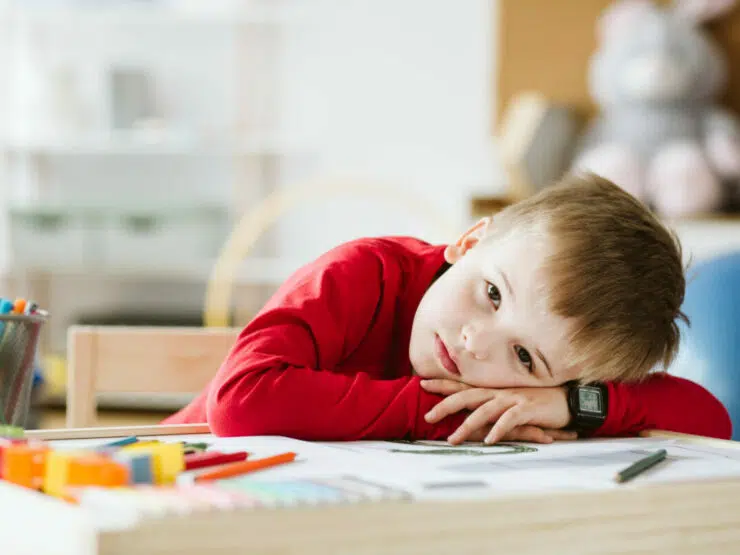

Is your child really ready to go back to school? Did you know that 80 percent of what a child learns in school is information that is presented visually?
Scheduling a comprehensive pediatric eye exam is the first step in making sure your child is ready to go back to school. Our optometrist can diagnosis nearsightedness, farsightedness and astigmatism; as well as less obvious vision problems related to the way the eyes function and how the brain processes visual information.
Types of learning-related vision problems
Vision is a complex process that involves not only the eyes but the brain as well.
Learning-related vision problems can be classified as one of three types. The first two types primarily affect visual input while the third has to do with your child’s visual processing and integration.
Eye health and refractive problems
Refractive errors include nearsightedness, farsightedness and astigmatism, but also include more subtle optical errors called higher-order aberrations. These problems can affect the visual acuity in each eye and is measured by using an eye chart or other age appropriate methods.
Functional vision problems
Functional vision refers to a variety of specific functions of the eye and the neurological control of these functions, such as eye teaming, fine eye movements (important for efficient reading), and accommodation (focusing amplitude, accuracy and flexibility).
Deficits of functional visual skills can cause blurred or double vision, eye strain and headaches that can affect learning.
Visual-perceptual problems
Visual perception includes understanding what you see, identifying it, judging its importance and relating it to previously stored information in the brain. This means, for example, recognizing words that you have seen previously, and using the eyes and brain to form a mental picture of the words you see.
Most routine eye exams evaluate only the first of these categories of vision problems — those related to eye health and refractive errors. However, our pediatric optometrists offer exams to evaluate functional vision problems and perceptual vision problems that may affect learning.
Color blindness, though typically not considered a learning-related vision problem, may cause problems in school for young children if color-matching or identifying specific colors is required in classroom activities. For this reason, all children should have an eye exam that includes a color blind test prior to starting school.
Symptoms of learning-related vision problems
Common symptoms of learning-related vision problems include:
- Headaches or eye strain
- Blurred vision or double vision
- Crossed eyes or eyes that appear to move independently of each other
- Avoidance of reading and close work
- Short attention span during visual tasks
- Turning or tilting the head to use one eye only, or closing or covering one eye
- Placing the head very close to the book or desk when reading or writing
- Excessive blinking or rubbing the eyes
- Losing place while reading, or using a finger as a guide
- Slow reading speed or poor reading comprehension
- Difficulty remembering what was read
- Omitting or repeating words, or confusing similar words
- Persistent reversal of words or letters (after second grade)
- Difficulty remembering, identifying or reproducing shapes
- Poor eye-hand coordination
- Evidence of developmental immaturity
If your child shows one or more of these symptoms and is experiencing learning problems you should schedule an appointment with one of our Pediatric Optometrists.
Treatment of learning-related vision problems
If your child is diagnosed with a learning-related vision problem, treatment generally consists of an individualized and doctor-supervised program of vision therapy. Special eyeglasses also may be prescribed for either full-time wear or for specific tasks such as reading.
Like other health issues, early detection is best. Children should come in for their first eye exam around six months, come back at 3 years, and again prior to starting school. School aged children should be scheduled for a yearly pediatric eye exam. Schedule your child’s appointment now.

